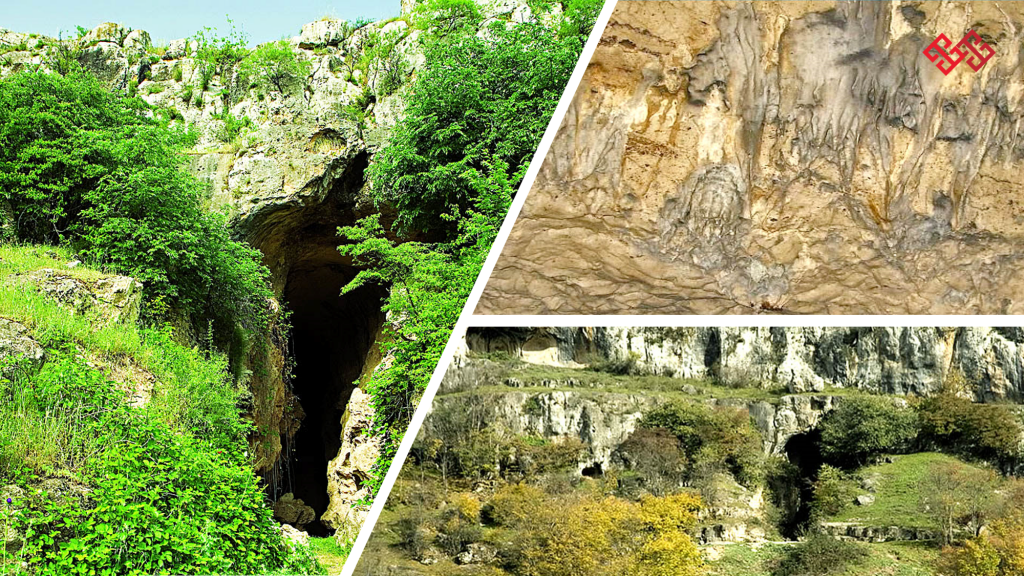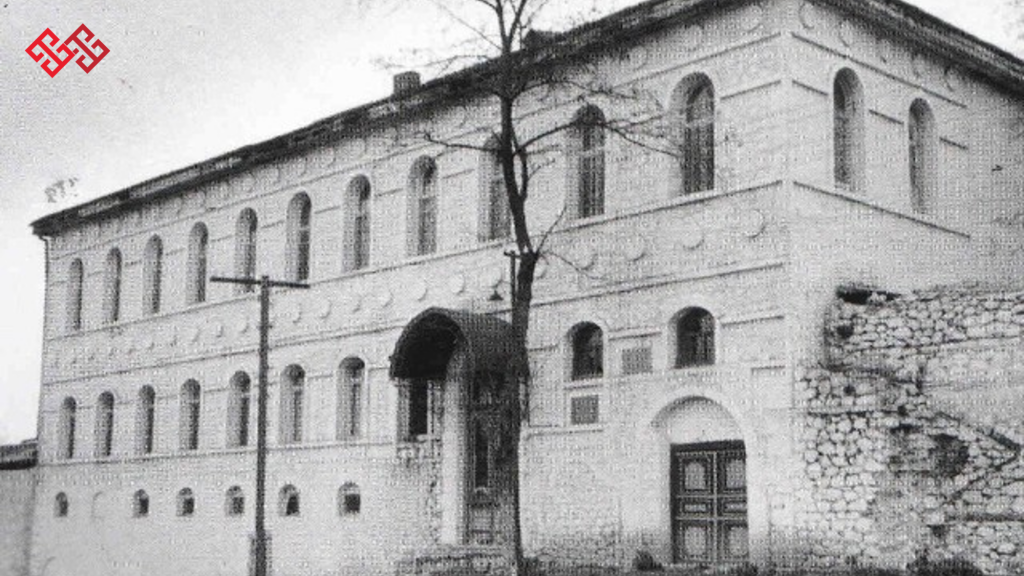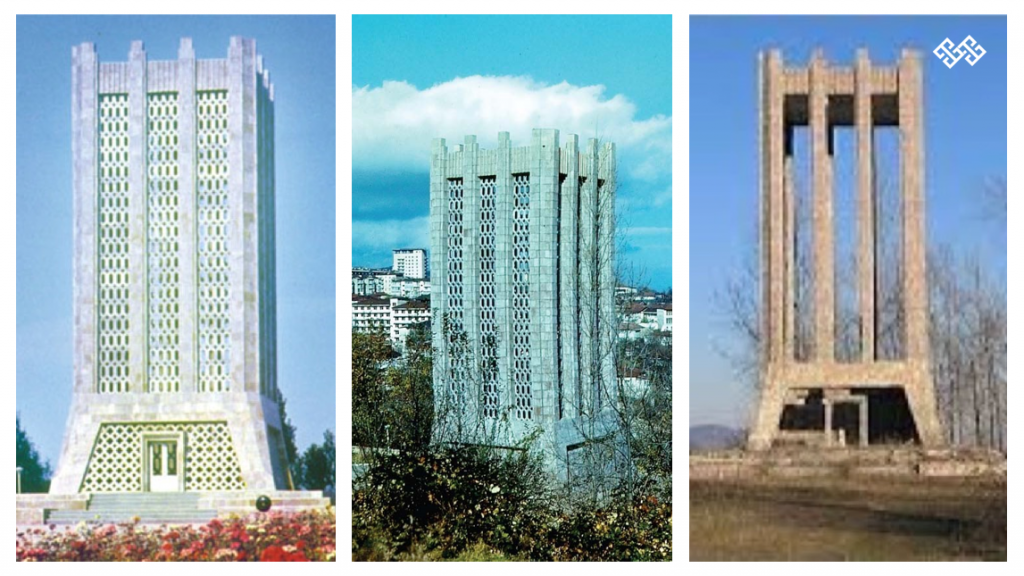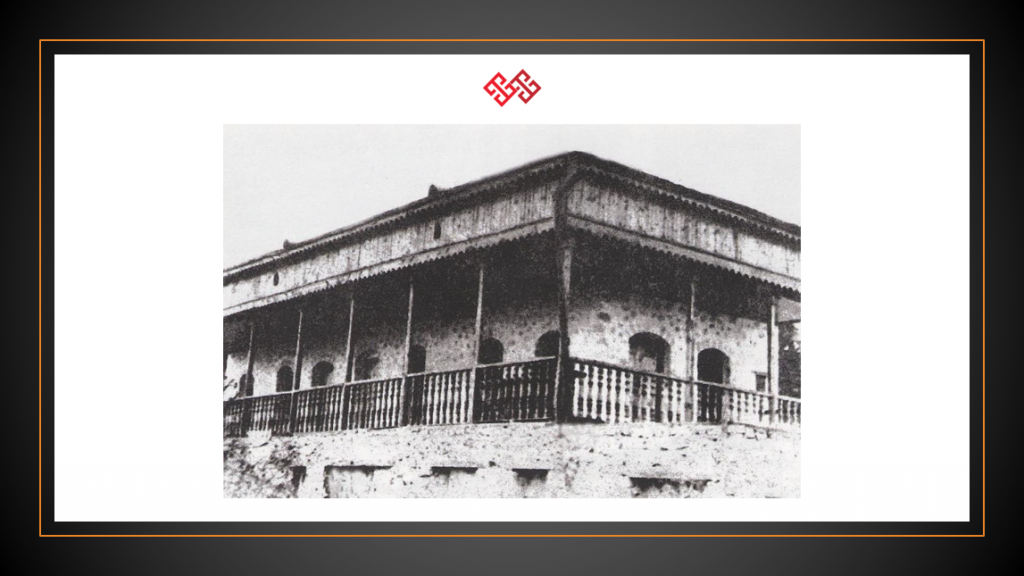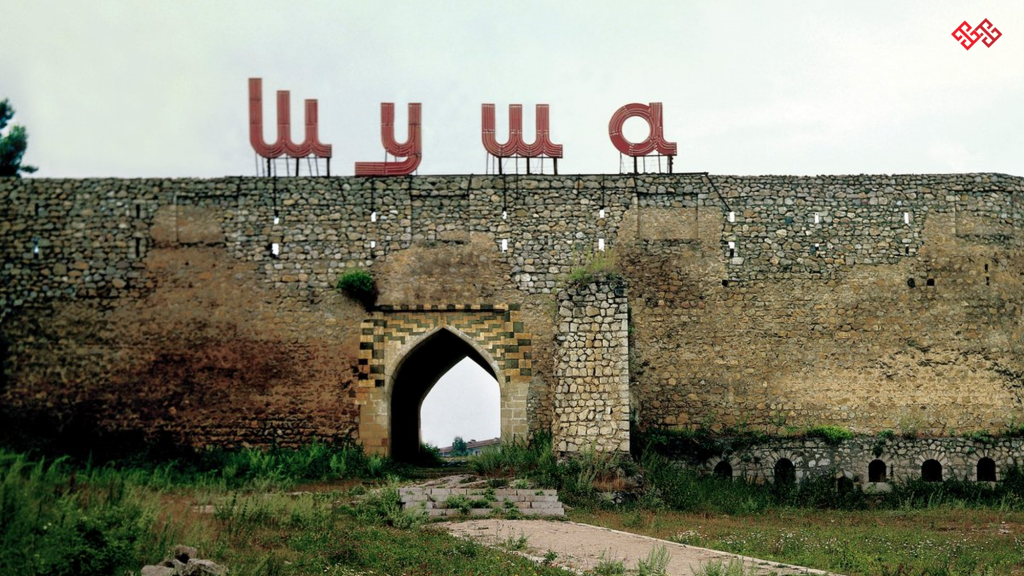Culture Ministry spreads facts about Armenian vandalism [PHOTO]
![Culture Ministry spreads facts about Armenian vandalism [PHOTO]](https://www.azernews.az/media/2020/10/13/culturalmonuments1.png)
By Laman Ismayilova
Azerbaijan Cultural Ministry continues to highlight realities of Nagorno-Karabakh conflict. The project "Karabakh is the cradle of our culture" aims at spreading facts about Armenian vandalism against Azerbaijan. Here are some of the historical and cultural sites located on Azerbaijan`s territories occupied by Armenia.
Khudafarin bridges
There are two Khudafarin bridges connecting the northern and southern banks of the Araz River in the Jabrayil region.
Located on the historical Silk Road, the 11-arched Khudafarin bridges was built in the 11th-12th centuries. The 15-arched Khudafarin bridges were constructed in the 13th century.
After the occupation of Jabrayil by Armenian invaders in 1993, Khudafarin bridges have seriously damaged. On October 4, 2020, the Azerbaijani Armed Forces liberated Jabrayil, where the Khudafarin bridges is located, and several villages of the region from Armenian occupation.
Azykh Cave
The Azykh cave camp is an archeological monument of global importance in Azykh village of Khojavend region.
The lower jawbone of an ancient man found here is 350,000-400,000 years old. Moreover, various tools and bonfire traces of ancient people were found in the Azykh cave.
After the occupation of the area by Armenian invaders, illegal archeological excavations were repeatedly carried out in the cave. Lately it has been used as a military store by the Armenian armed forces.
Museum Mausoleum Complex of Molla Panah Vagif
Museum Mausoleum Complex of Molla Panah Vagif was inaugurated in January, 1982.
The complex was built on the tomb of the great poet located in the area close to the famous Jidir Duzu (horse race field) - the prominent place of Shusha. Nearly eighty museum exhibits reflecting M. P. Vagif’s life in Shusha were exhibited there.
As a result of the occupation of Shusha in May, 1992, the complex building and dozens of exhibits contained there were destroyed. Some transportable exhibits were carried to Armenia.
Khurshudbanu Natavan’s House
The two-storey house belonging to Khurshidbanu Natavan, popularly known as "Khan’s daughter" is a historical and architectural monument of the 18th century in Shusha.
Shusha Music School, the first children's music school established in Azerbaijan on the initiative of Bulbul, the founder of Azerbaijan's vocal art, began operating in this building in the early 1930s.
Since 1984, the school was renamed the Shusha Children's Art School named after Niyazi.
After the overhaul and restoration of the building in 1987, the Karabakh branch named after Khurshidbanu Natavan of the National Museum of Azerbaijani Literature began to operate here.
Hundreds of art works, including paintings, carpets, miniatures, souvenirs, archeological samples collected in the museum were destroyed and seized by the occupiers.
Shusha Castle
Shusha Castle implies the castle walls embracing the Shusha city of Azerbaijan.
Taking into account the unfavorable geographical position of Bayat and Shahbulag castles, Panahali Khan, the Khan of Karabakh, enacted a decree on reconstruction of Shusha castle in 1753, and the centre of the Karabakh khanate was transferred to Shusha castle. After reconstruction the castle was for a long time named Panahabad in the sources.
Shusha Castle is one of the most beautiful pieces of the Azerbaijani architecture. The castle is constructed in Arran style of architecture.
The castle has three doors. Ganja door is distinguished by its architectural features.
The building has a circular guard towers. At close quarters of the castle there is a bridge of fine architectural qualities connecting the castle with outside world. The bridge is known as Gala Bridge, which means castle.
House Museum of Mir Mohsun Navvab
The house of Mir Mohsun Navvab, a prominent Azerbaijani poet, artist, calligrapher and musicologist, located in the historic Mamayi neighborhood of Shusha, was one of the architectural examples of the 19th century. In 1990, the house-museum of Mir Mohsun Navvab was opened here.
Exhibits about the life and work of Mir Mohsun Navvab were displayed in the museum. The museum's collection included his typewriter, telescope, paintings drawn by him as well as Mir Mohsun Navvab's personal belongings proving his printing activity.
As a result of the occupation of Shusha by the Armenian armed forces, the museum building and exhibits were destroyed.
--
Follow us on Twitter @AzerNewsAz
Here we are to serve you with news right now. It does not cost much, but worth your attention.
Choose to support open, independent, quality journalism and subscribe on a monthly basis.
By subscribing to our online newspaper, you can have full digital access to all news, analysis, and much more.
You can also follow AzerNEWS on Twitter @AzerNewsAz or Facebook @AzerNewsNewspaper
Thank you!

